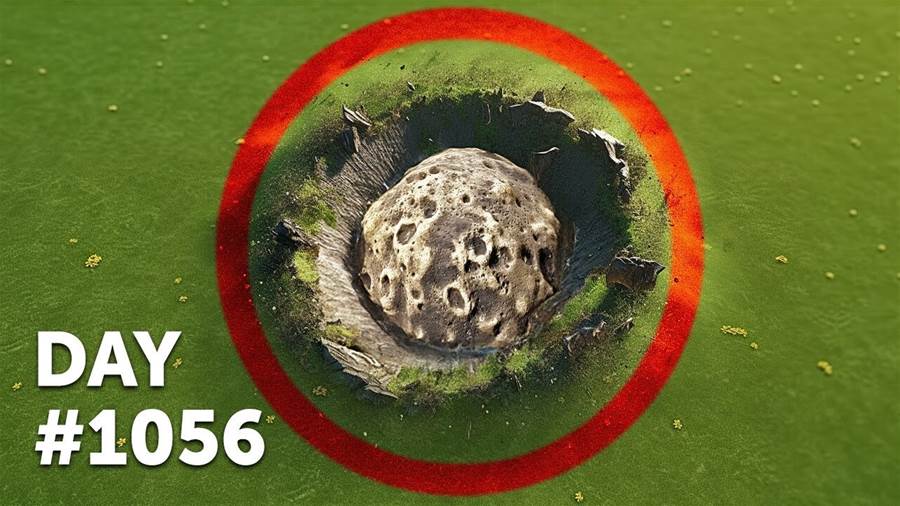
The location where the asteroid crash that caused the extinction of dinosaurs occurred has some intriguing characteristics. This specific area, known as the Chicxulub crater, located on the Yucatan Peninsula in Mexico, has become the epicenter for research on mass extinctions due to its unique attributes. The impact crater is buried under several layers of sediment, preserving evidence of the catastrophic event that occurred around 66 million years ago.
Scientists have been studying the Chicxulub crater to better understand the consequences of the asteroid impact. The crater holds crucial information regarding the climatic changes and destruction that followed the collision.

Furthermore, the Chicxulub crater has played a significant role in shaping the current understanding of Earth's history. It provides evidence for the theory that asteroid impacts have had a profound impact on the planet's evolution. Moreover, the study of the Chicxulub crater has allowed scientists to develop the field of astrobiology, exploring the potential for life on other celestial bodies.
Overall, the Chicxulub crater serves as a crucial landmark in understanding the catastrophic events that occurred millions of years ago and their lasting consequences. Its unique characteristics and the wealth of information it holds have made it a focal point for researchers investigating the impact of asteroids on our planet and offering insights into the history and future of life on Earth.








